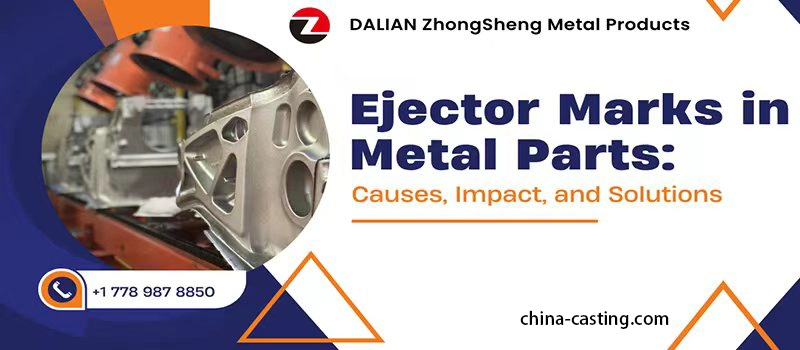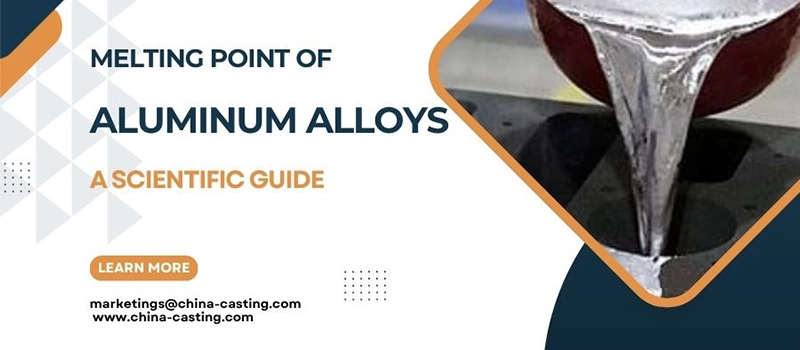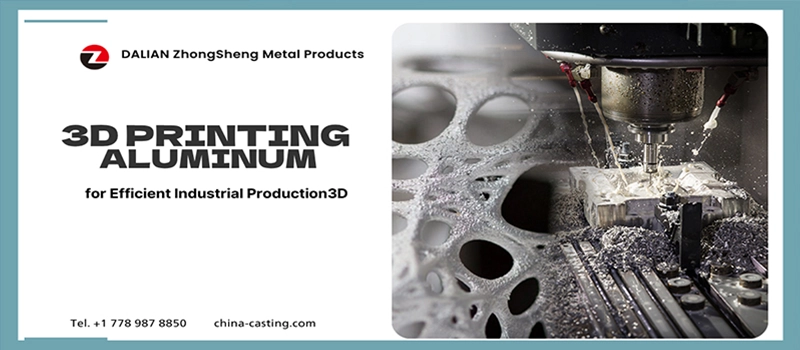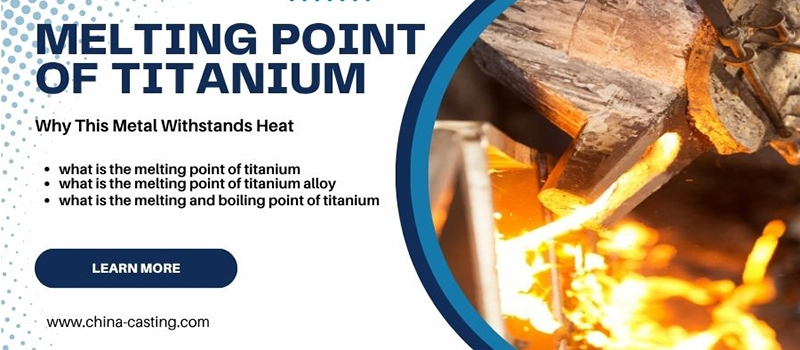
Ejector Marks in Metal Parts: Causes, Impact, and Solutions
Ejector marks are a common but critical issue in metal parts manufacturing. This article explores their causes, effects on quality, and best practices to prevent

Ejector marks are a common but critical issue in metal parts manufacturing. This article explores their causes, effects on quality, and best practices to prevent

7 axis CNC machining offers unmatched flexibility and accuracy for complex part manufacturing. This article explains what a 7 axis CNC machine is, how it

This comprehensive guide examines the melting point of aluminum alloys across alloy families including 6061 and zinc-aluminum systems. It explains how melting behavior impacts processing

3D printing aluminum combines speed, precision, and cost-efficiency for industrial production. It’s a game-changer for automotive, mining, and manufacturing sectors, offering lightweight, durable parts with

The melting point of stainless steel varies by grade, typically ranging from 1375°C to 1530°C (2500°F to 2785°F). This article explains how chemical composition and

Rheocasting improves mechanical strength, reduces porosity, and ensures dimensional accuracy in metal fabrication. This article explores its benefits, materials, and industrial applications for cost-effective, high-quality

Deburring is a critical post-processing step in metal fabrication that removes burrs and sharp edges from machined, cast, or forged parts. It directly impacts part

Titanium is a heat-resistant metal with a high melting point, making it ideal for aerospace, automotive, and industrial use. In this guide, I explain the

Vacuum impregnation is a process that eliminates internal porosity in metal castings using vacuum and pressure to seal microscopic voids with liquid resin. This article

Send an inquiry and provide the product details you want (such as process, drawings, materials, etc.) to get an accurate quotation.